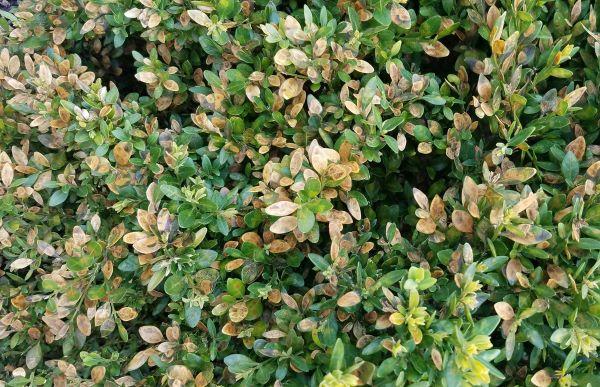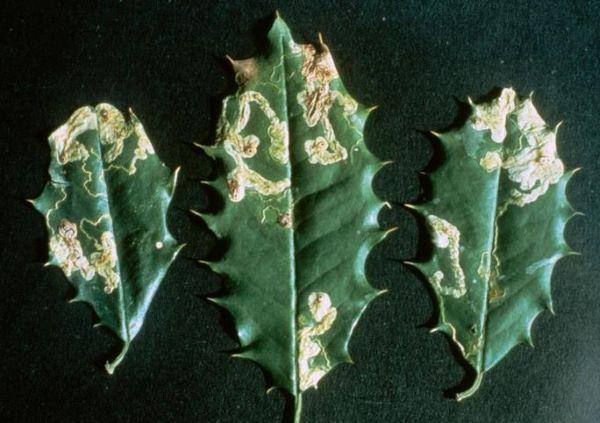What are leafminers?
- Leafminers are insects that feed inside of leaves between the upper and lower surfaces.
- They may be moths, beetles, flies, or sawflies in their juvenile phase (larvae) when they resemble tiny caterpillars.
- Their feeding leaves random “mines,” like curving tunnels or blotches, on leaf surfaces. These blemishes are typically lighter in color than a normal leaf but may also appear gray or brown.
- Leafminers can be found on a wide variety of shade trees, shrubs, herbaceous perennials, and vegetables.
- Most leafminers are a normal part of an ecosystem. Birds and other insects eat leafminers.
- A few leafminers are minor pests on garden plants. Most of them cause little damage and control is usually not necessary.


